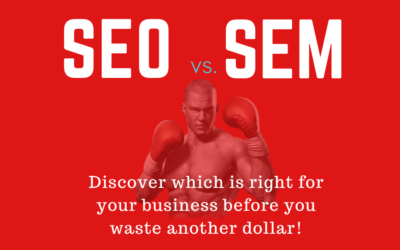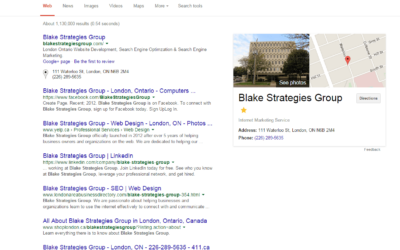B2B Digital Marketing: What It Is and Why It Matters for Industrial, Trades, and Manufacturing In...
SEO Tactics for 2025:
What Works to Rank Higher Today
The Most Important SEO Tactics of 2025: Dominate Search Today SEO—search engine optimization—is...
SEO vs SEM: A Beginner’s Guide
The No-Nonsense Guide to Understanding SEO vs SEM for 2025 In today’s lightning-fast digital...
Reality Check: Is SEO Worth Your Investment in 2025?
“Should I invest in SEO?” It’s a question I’ve heard more times than I can count—from scrappy...
Online Marketing for Small Business: 3 Mistakes You Could Be Making
For many small business owners, cost-effective marketing is crucial to the success of their...
3 Pillars of Success Online
The internet’s a battlefield for attention. Whether you’re running a retail empire, a consulting...
Why It’s Important to Keep Tabs on Your SEO Company
In the process of learning SEO, I have tried many different tactics to improve rankings as I am...
Mastering Your Digital Footprint: A Comprehensive Guide to Online Presence
In today's digital age, your business’s online presence is not just an asset—it's a necessity....
Organic SEO or Google Ads?
Which is the Best Use of Your Marketing Budget? Deciding how to allocate your online marketing...










